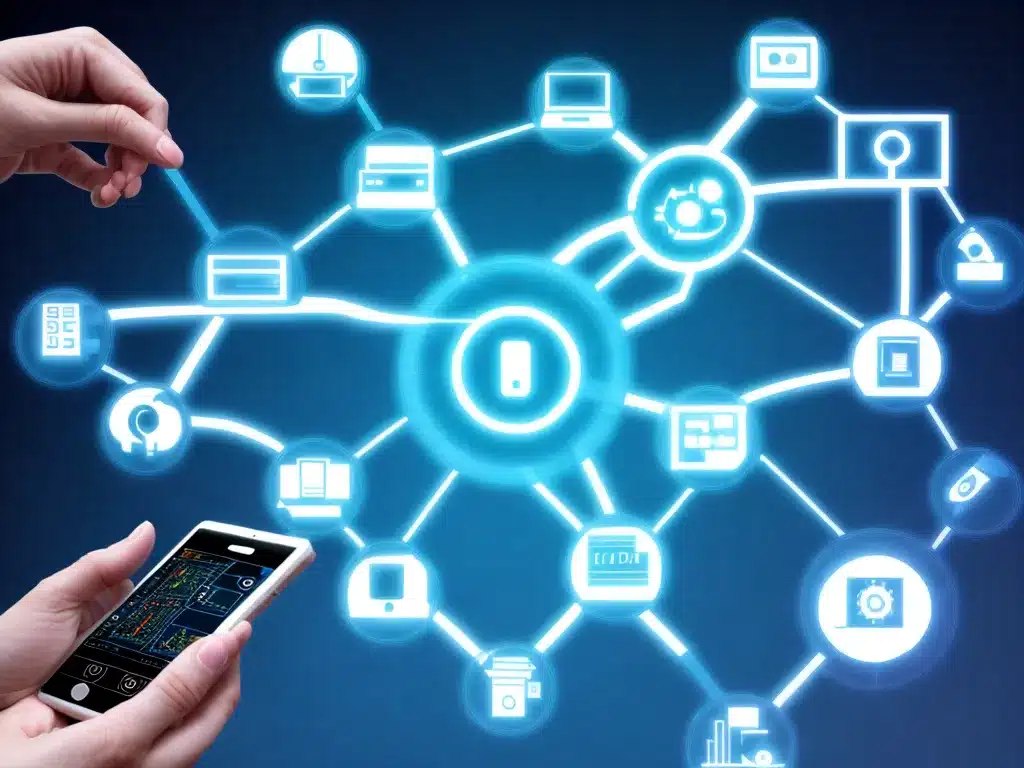
The Internet of Things (IoT) is transforming businesses and consumer experiences at an astonishing pace. As an emerging technology, IoT brings endless possibilities that push the boundaries of what technology can enable. After over a decade of development, IoT is now entering a phase of rapid growth and maturity. These are the top IoT trends I see shaping the future in the years ahead:
1. AI and Machine Learning
Artificial intelligence (AI) and machine learning will become integral to IoT deployments. As IoT devices generate vast amounts of data, analyzing and gaining insights from that data is critical. AI and machine learning algorithms can process IoT data in real-time and enable autonomous decision making.
Key applications include:
- Predictive maintenance of machinery and equipment
- Anomaly detection in manufacturing and industrial processes
- Personalization of consumer IoT devices like smart speakers and appliances
- Automated quality control in factories and supply chains
Over the next few years, expect to see AI and machine learning become a standard component of IoT solutions. Tech giants like Google and Amazon are already packaging AI services for easier integration into IoT platforms.
2. 5G and Edge Computing
Faster 5G networks with lower latency will accelerate IoT adoption. 5G enables new use cases with massive numbers of IoT devices transmitting data simultaneously. For example, factories can connect thousands of sensors for real-time monitoring and analytics.
To handle localized IoT data processing, edge computing brings storage and computing power closer to the source. By processing data locally on edge nodes, businesses can achieve faster response times while reducing data transfer costs.
The combination of 5G and edge computing will support data-heavy, latency-sensitive industrial IoT use cases. Businesses will implement more 5G and edge computing to gain operational efficiencies from IoT.
3. Enhanced IoT Security
As IoT deployments grow to large scale, security is paramount. IoT devices can expose businesses to cyber threats if not properly secured. Expect to see greater emphasis on IoT security in the areas of:
- Device authentication and access control
- Encrypted data transmission
- Regular security updates and patches
- Monitoring for suspicious device activity
- Isolation of IoT networks
Regulations around IoT security will also emerge to set standards and compliance requirements. Taking a proactive approach to locking down the IoT stack will be critical for organizations.
4. Low-Code IoT Application Development
To keep pace with IoT expansion, businesses need faster ways to build IoT applications. Low-code platforms enable developers to quickly build and deploy IoT apps through visual tools and pre-built components.
Benefits of low-code include:
- Faster time-to-market for new IoT apps
- Easier integration across disparate systems
- Democratization of IoT app development beyond specialized engineers
Low-code IoT development will empower domain experts and business users to assemble their own solutions. Expect low-code adoption for IoT app development to surge.
5. Supply Chain Visibility
IoT brings a new level of supply chain visibility. Sensors can track assets, inventory, and shipments in real-time across the entire supply network.
IoT-enabled supply chain visibility provides:
- Precise tracking of inventory levels and shipments
- Monitoring of products condition, temperature, vibrations, etc.
- Analytics for optimizing logistics, warehousing, and routing
Supply chains are complex, so IoT creates much needed transparency. Look for companies across industries to invest heavily in IoT for boosting supply chain efficiency.
The Future is Bright for IoT
This is just a snippet of the innovations IoT will drive in the years ahead. From smart cities to autonomous vehicles to precision agriculture, IoT will transform many sectors of the economy. While security and interoperability challenges remain, the technology is maturing rapidly. For any business, the time is now to formulate an IoT strategy and roadmap. With the right foundations, organizations can harness the power of IoT to create smarter, more efficient, and more customer-centric operations.












